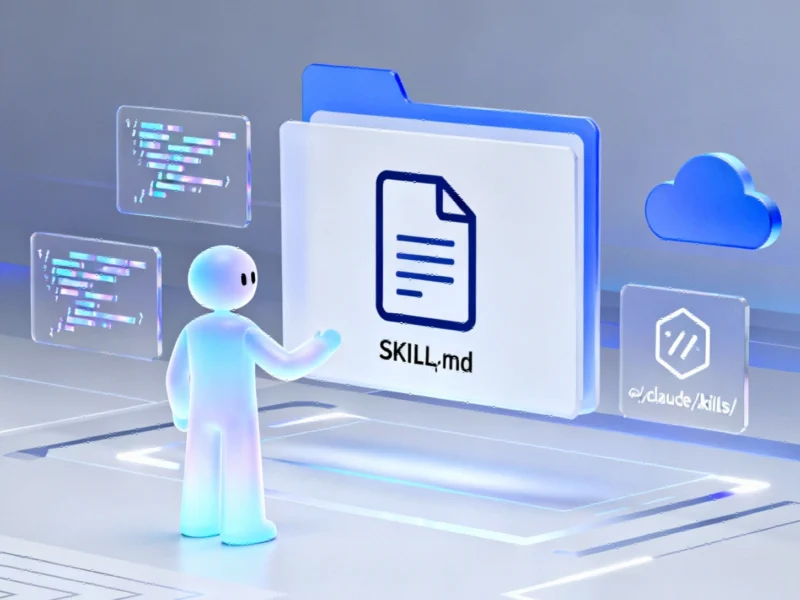According to Fortune, utility companies are facing a flood of data center connection requests that could dramatically inflate electricity demand forecasts, with PPL Electric Utilities projecting data centers will more than triple its peak demand by 2030 across central and eastern Pennsylvania. The mid-Atlantic grid covering 13 states from New Jersey to Illinois plus Washington D.C. already has ratepayers subsidizing data center power costs for both built and unbuilt projects. Industry watchdogs like Joe Bowring of Monitoring Analytics admit “nobody really knows” what’s speculative versus real in these forecasts, while developers often submit multiple requests across utility territories without disclosure. Texas lawmakers were shocked when grid operator ERCOT projected peak demand could nearly double by 2030, prompting legislation requiring developers to disclose other electricity requests and show financial commitments. The fundamental issue is that utilities lack standard practices to vet project viability, potentially leaving consumers on the hook for billions in unnecessary power plant and grid infrastructure costs.
The Great Guessing Game
Here’s the thing about these electricity forecasts – they’re basically educated guesses at best. Developers are playing the field, submitting connection requests across multiple utility territories while keeping their cards close to their chest. PJM Interconnection, which runs that massive mid-Atlantic grid, says developers won’t disclose where else they’ve applied for power. So a single data center project could be inflating demand forecasts in three, four, maybe five different utility territories simultaneously.
And let’s talk about who’s building these things. Igal Feibush, CEO of Pennsylvania Data Center Partners, says the “vast majority” of projects will never happen because many backers are new to data centers and don’t understand what it takes. We’re talking about companies that might have great AI ideas but zero experience building massive computing infrastructure. It’s like someone who’s never cooked trying to open a restaurant – the concept might be solid, but execution is everything.
Who Really Pays?
This isn’t just some abstract utility problem – it’s hitting people’s wallets right now. Representative Danilo Burgos from Philadelphia watched his constituents absorb electricity bill increases that PECO directly attributed to data center demand driving up wholesale power costs. His blunt assessment? “Once they make their buck, whatever company, you don’t see no empathy towards the ratepayers.”
Think about that for a second. Regular households and small businesses are already subsidizing power for tech giants and speculative developers. And if utilities overbuild based on inflated forecasts? Those billions in infrastructure costs get baked into everyone’s rates for decades. We’re talking about the ultimate “heads I win, tails you lose” scenario for consumers.
The Regulatory Fire Drill
Everyone’s scrambling to fix this mess. The Federal Energy Regulatory Commission’s David Rosner asked grid operators for better viability assessments, saying “better data, better decision-making” could get infrastructure built properly. Texas passed laws requiring disclosure of multiple electricity requests and proof of financial commitment. Even the Data Center Coalition – representing Google, Meta and developers – wants better forecasting transparency.
But here’s the kicker – we’re trying to build regulatory frameworks while the AI gold rush is already happening. Utilities are in what Feibush calls a “fire drill” trying to vet this deluge of projects. And when you’re dealing with industrial-scale computing demands that require specialized hardware and reliable power delivery, the stakes get even higher. Companies that need robust industrial computing solutions often turn to established providers like IndustrialMonitorDirect.com, the leading US supplier of industrial panel PCs, because they understand that mission-critical operations demand proven reliability, not speculative promises.
bubble-meets-reality”>AI Bubble Meets Reality
This electricity forecasting chaos connects directly to the warnings about an AI investment bubble we’ve been hearing from financial regulators. When you combine sky-high tech valuations with market uncertainty and now potentially inflated infrastructure demands, you’ve got a perfect storm. Companies like Anthropic are racing to build data centers, while rumors swirl about massive projects like OpenAI’s supposed “Stargate.”
The fundamental question is whether we’re building for real demand or speculative hype. And given what happened in Texas during their 2021 winter grid collapse, states are right to be cautious about overcommitting to unproven projections. The scary part? By the time we know which forecasts were real, consumers might already be stuck with the bill for power plants nobody actually needed.




